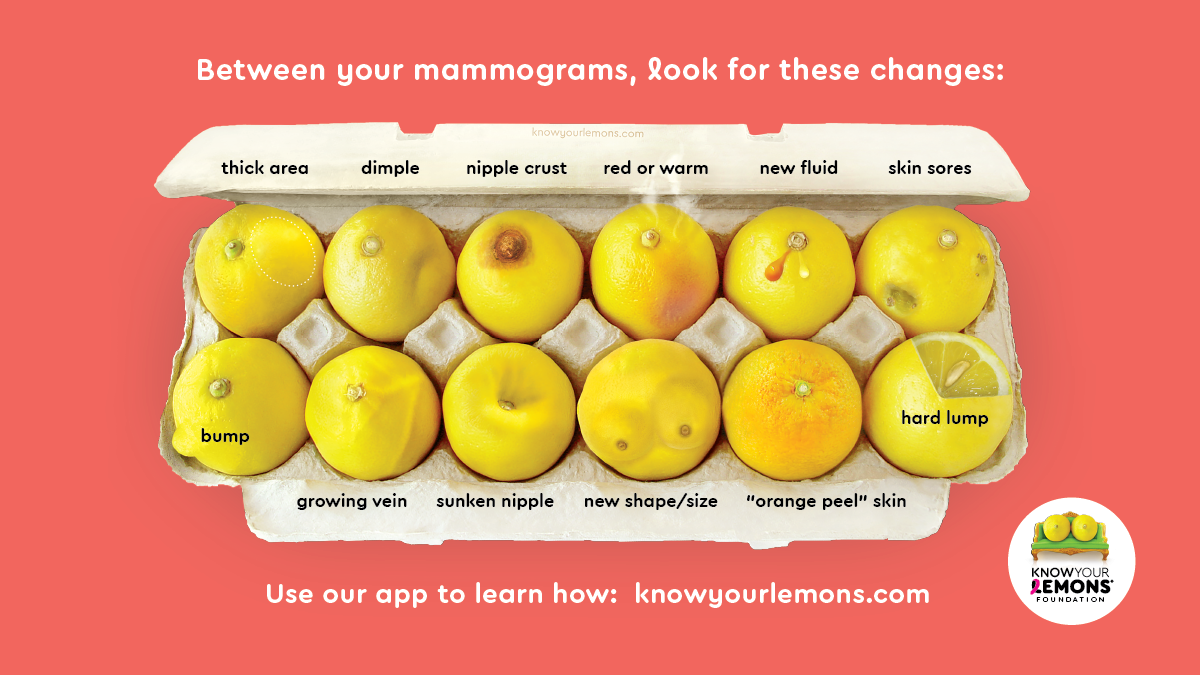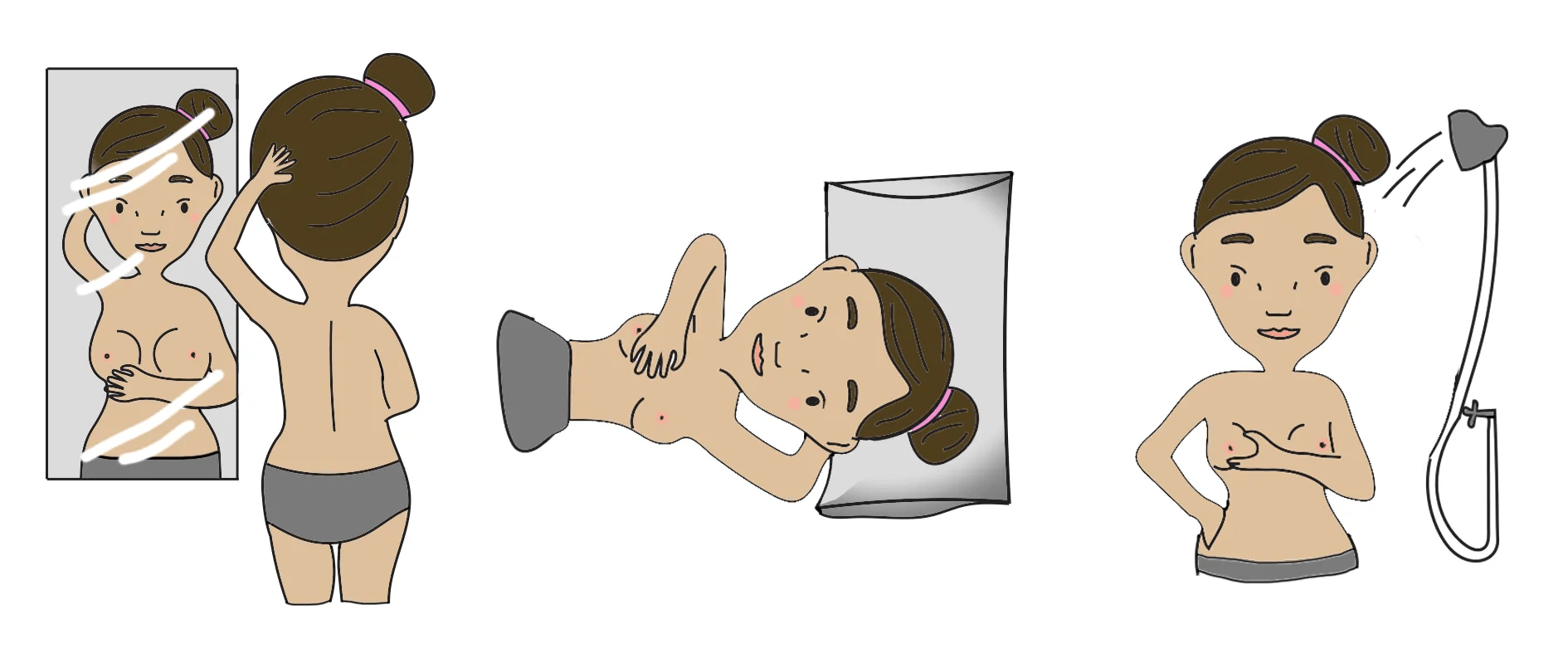BREAST SELF-EXAM
Why do breast self-exams?
Breast self-exams may increase the chance of early detection of breast cancer, which gives the best possible chance of survival. Being familiar with the usual look and feel of your breasts means you are more likely to notice any unusual changes. It is important to remember that breast self-exams do not replace having regular screening mammograms, which are available for free through BreastScreen NSW.
When should I perform a breast self-exam?
Women can start practising breast self-exams from the age of 20 and continue throughout their lives, even after menopause.
If you still menstruate, the best time to do a breast self-exam is when your breasts are least likely to be tender or swollen, such as a few days after your period finishes. If you no longer menstruate, pick a certain day, such as the first day of each month, to remind yourself to do a breast self-exam.
What breast changes should I look for?
Changes in the breasts may be warning signs of breast cancer. The Know Your Lemons diagram shows the 12 signs of breast cancer to look and feel for. All these changes can also have benign causes. If you notice changes that persist for 2 to 3 weeks, see your doctor without delay.
How do I perform a breast self-exam?
For Patients
First Visit Guide Fees & Payments Private Patients NewsletterFor Referrers
Make a Referral Newsletter Useful ResourcesQuick Enquiry
Thank you for contacting us. We will get back to you as soon as possible.
Oops, there was an error sending your message. Please try again later.



